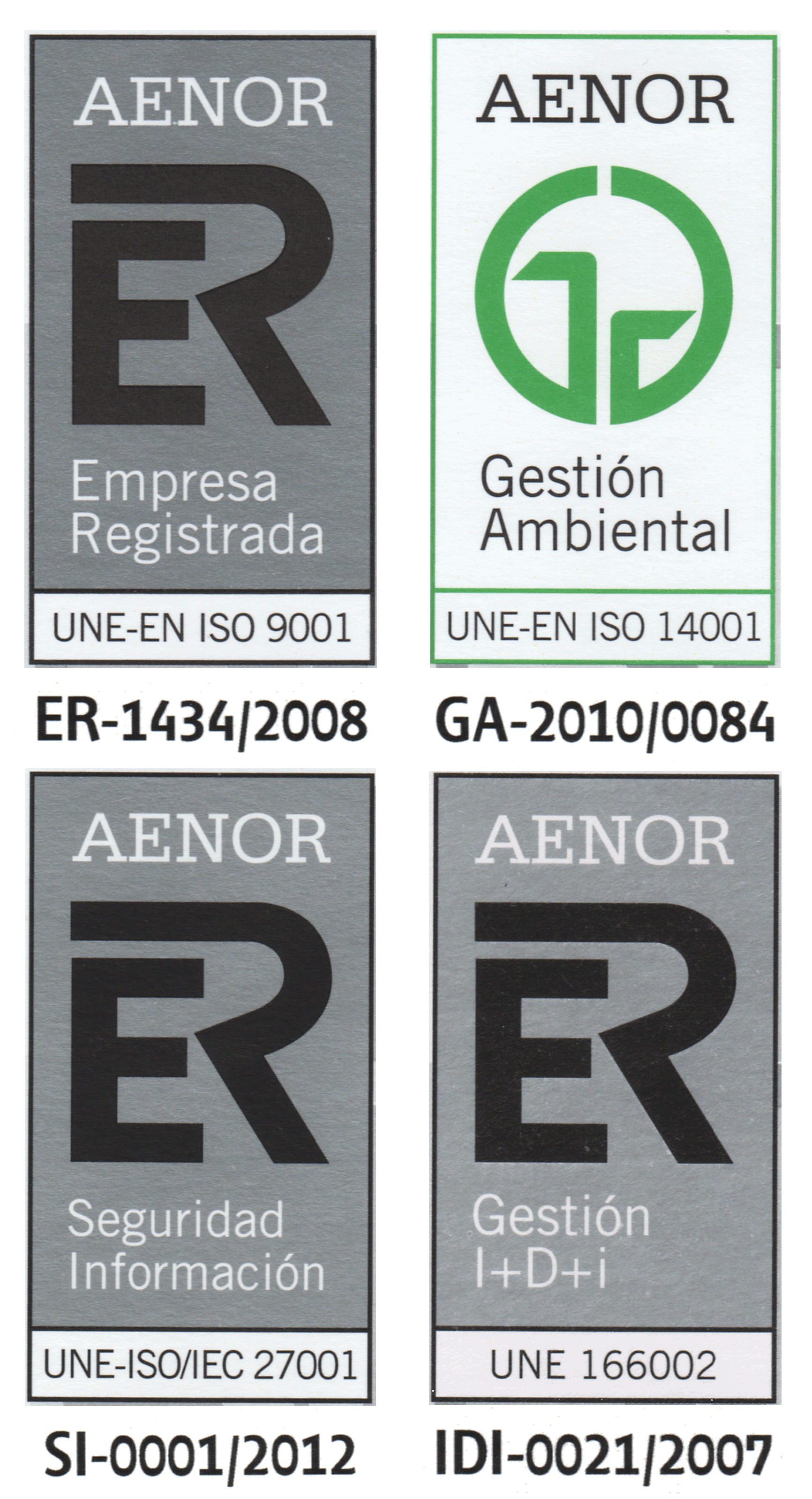A multiscale modelling framework based on P systems
| Title | A multiscale modelling framework based on P systems |
| Publication Type | Journal Papers |
| Year of Publication | 2009 |
| Authors | Romero-Campero, F. J., Twycross J., Hongqing C., Blakes J., & Krasnogor N. |
| Journal Title | Lecture Notes in Computer Science |
| ISBN Number | 978-3-540-95884-0 |
| Publisher | Springer Berlin / Heidelberg |
| Volume | 5391 |
| Pages | 63-77 |
| Date Published | 01/2009 |
| Abstract | Cellular systems present a highly complex organization at different scales including the molecular, cellular and colony levels. The complexity at each one of these levels is tightly interrelated. Integrative systems biology aims to obtain a deeper understanding of cellular systems by focusing on the systemic and systematic integration of the different levels of organization in cellular systems. |
| URL | http://www.springerlink.com/content/n226127713438106/ |
| DOI | 10.1007/978-3-540-95885-7_5 |



